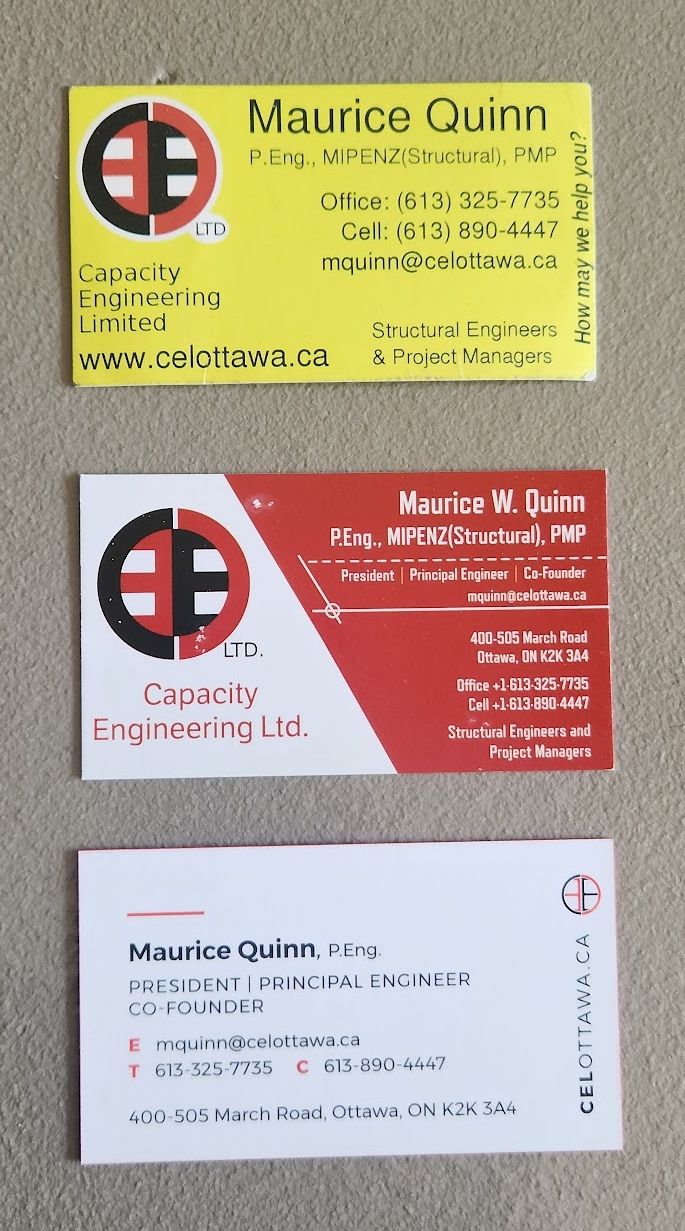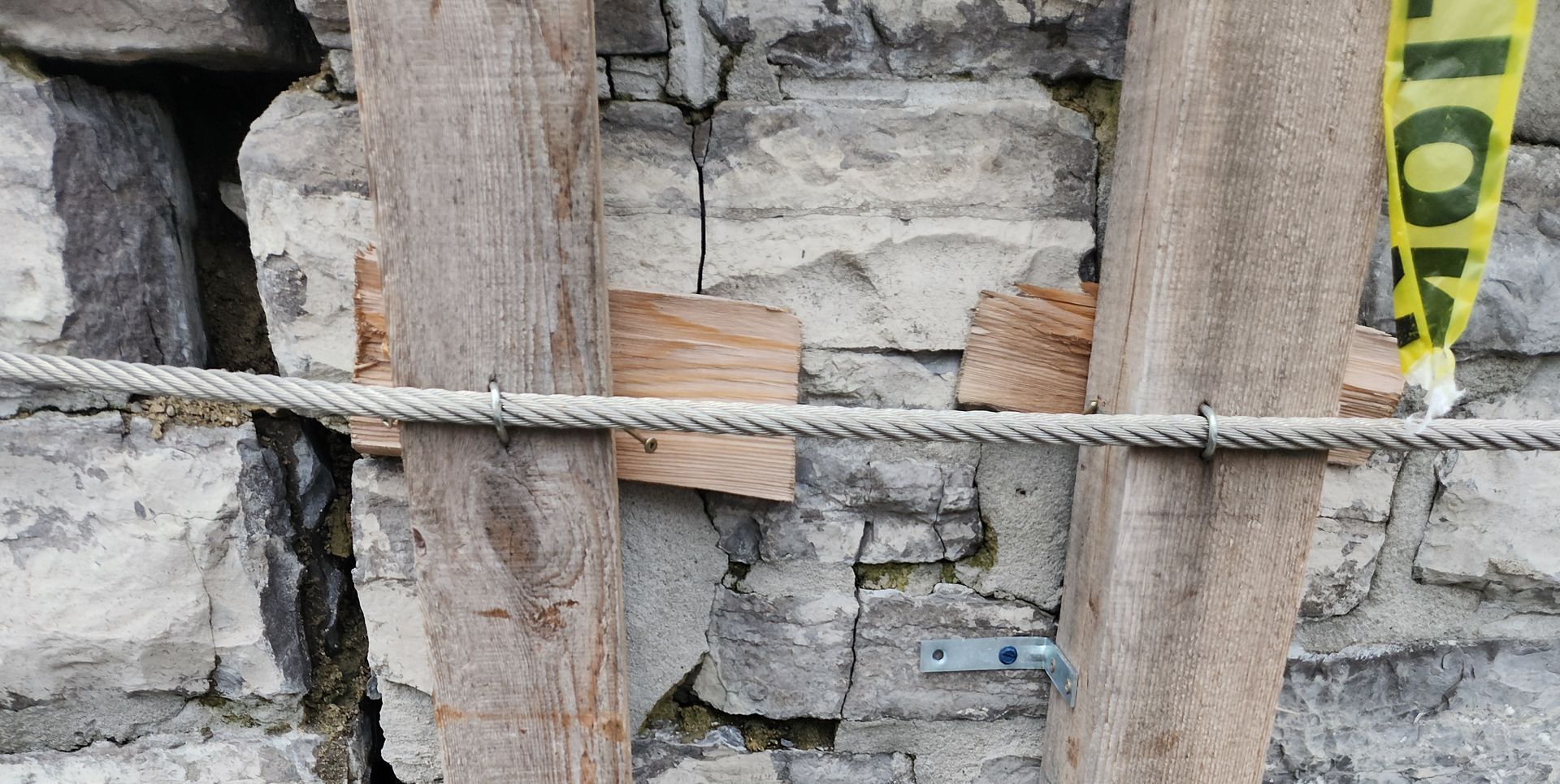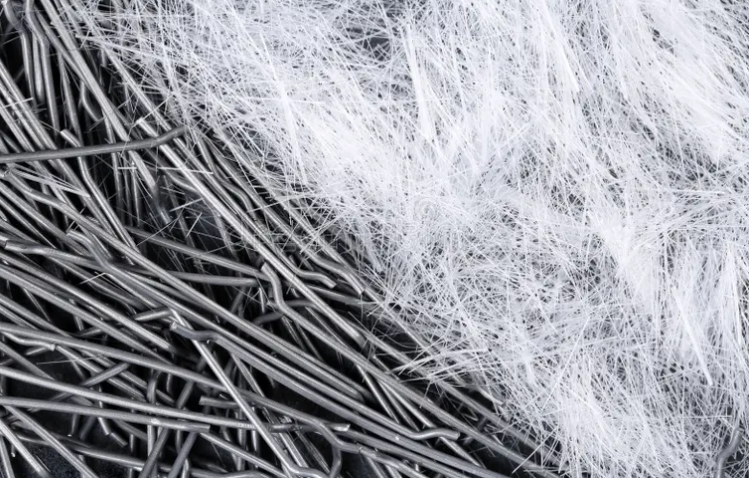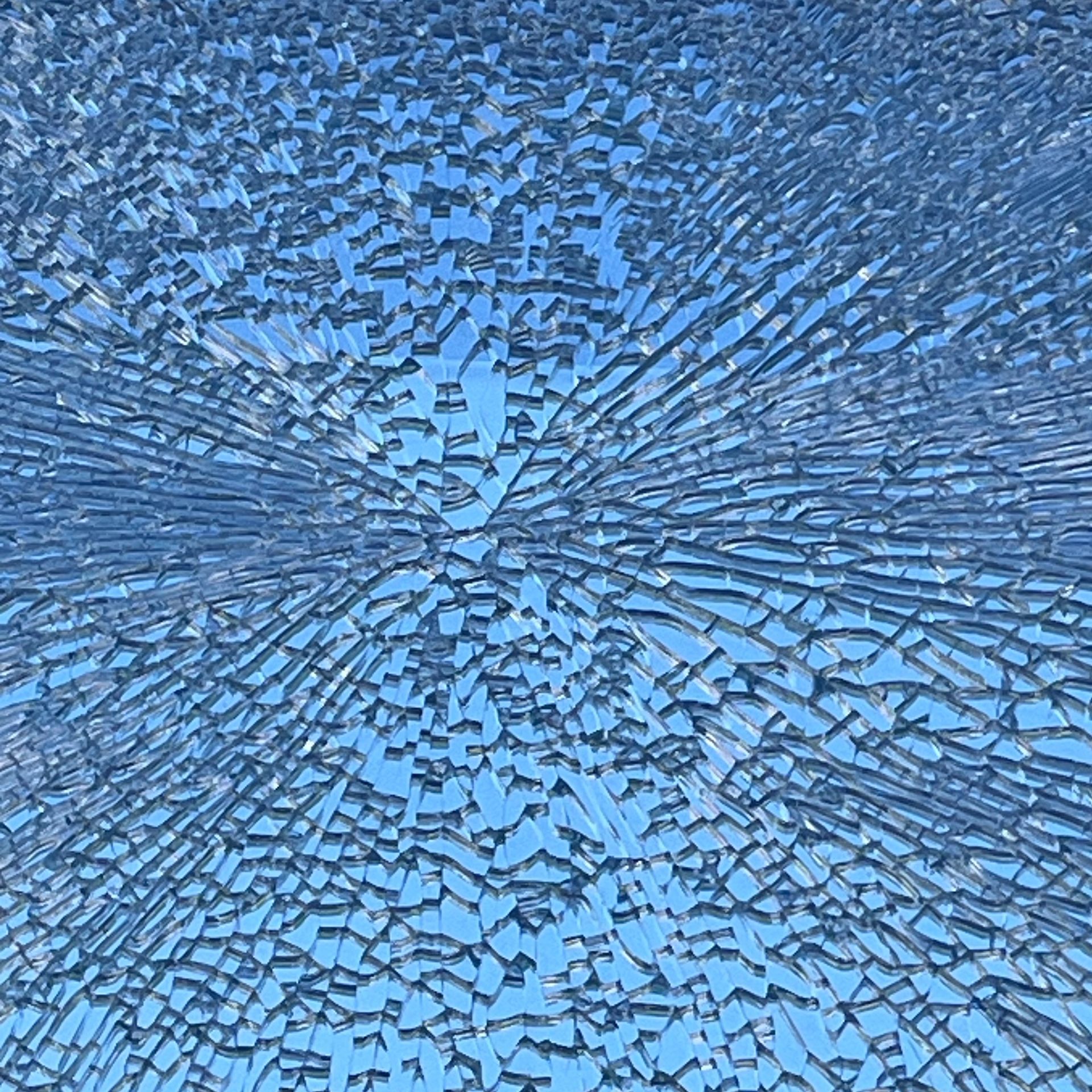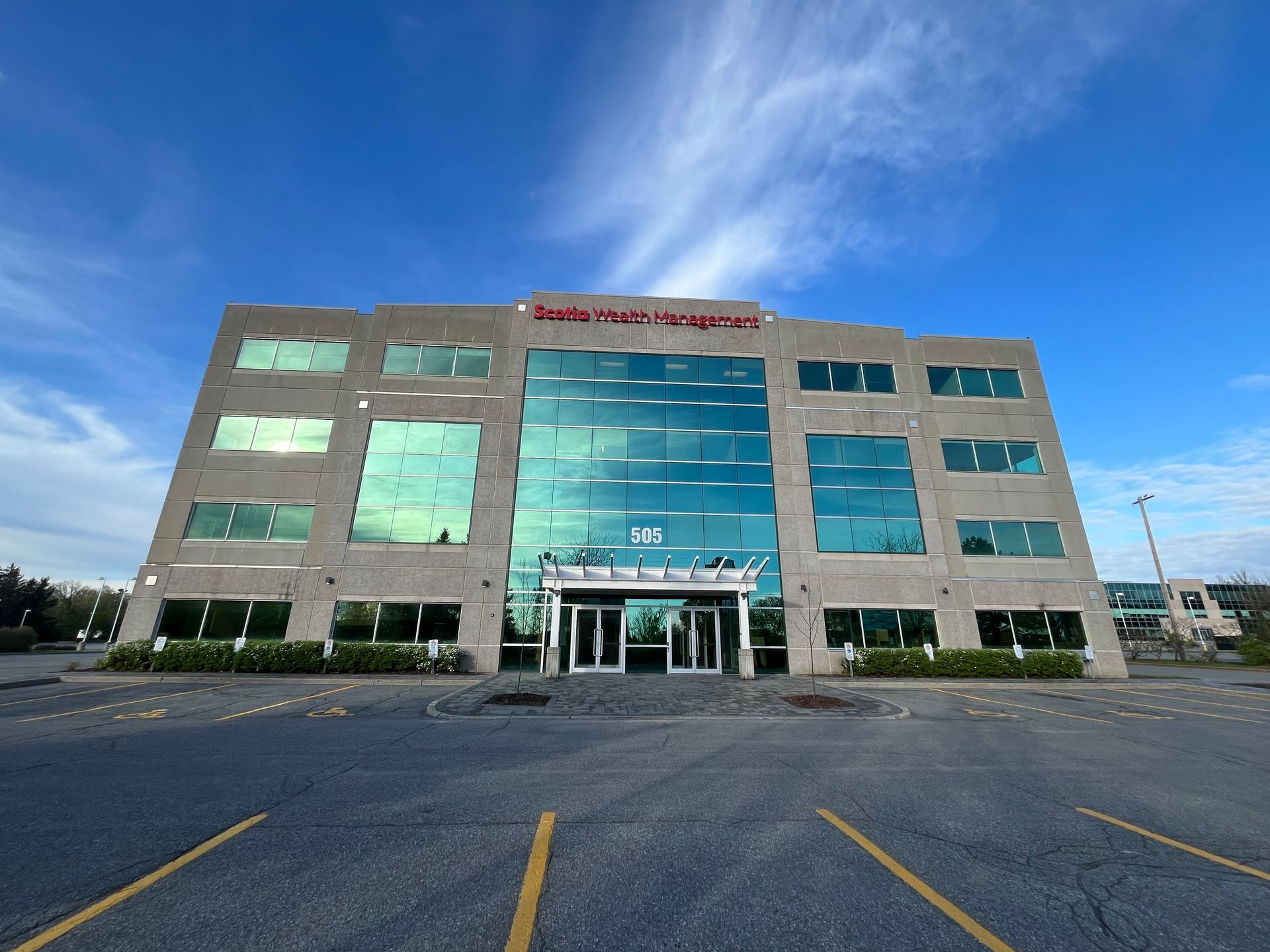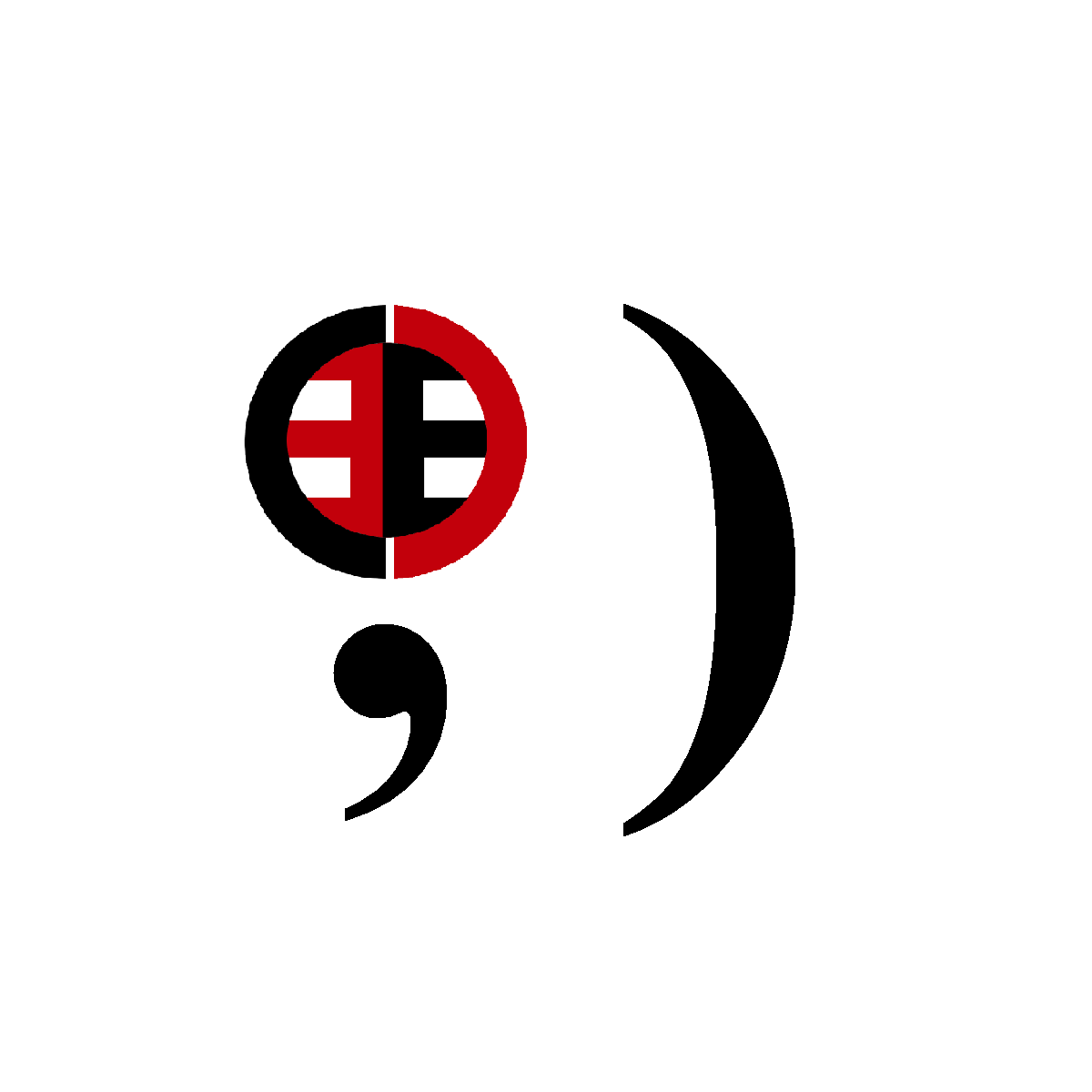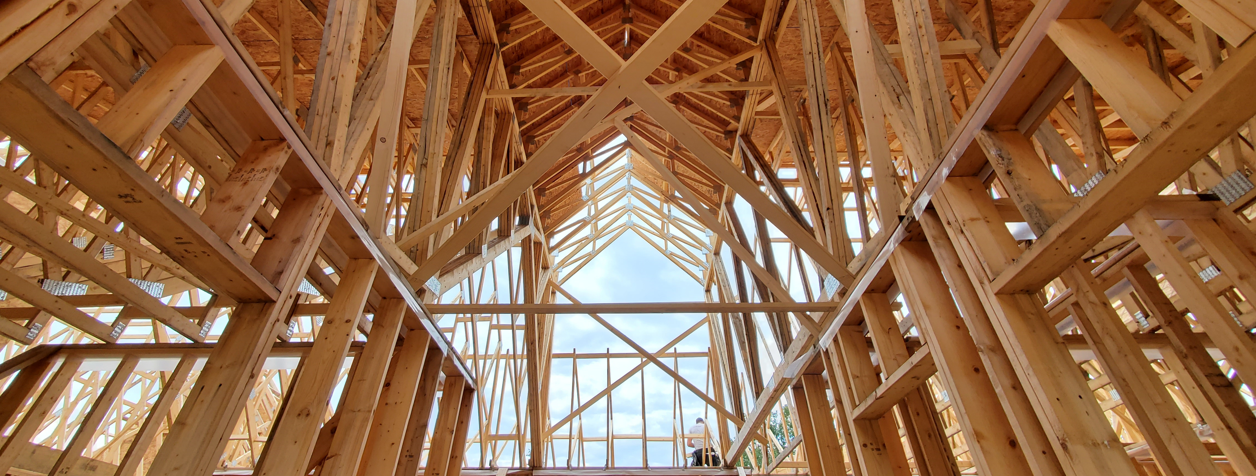Reserve Fund Studies – Terms Matter
Reserve Fund Studies – Terms Matter
We deal with both existing and new condominiums. When we are dealing with older Condos, we frequently find that they have too little money to take care of the problems that are coming up on their facilities.
But they have had Reserve Fund Studies carried out. Often good ones. By excellent engineering firms, with professionals who care, cared about the clients, and did their best. So what happened?
Thirty year durations happened. Boards asking for the legal minimum happened. A reluctance to allow engineers and others involved in the long term maintenance and care of the building to get real about their reports happened.
Reserve Fund Studies which have study durations shorter than the design life of major systems (ie: Concrete structures range from 50 to 80 years expected service life) happened.
Most of those systems can be expensive to maintain and are usually prohibitively expensive to replace.
Legal minimum reports happened. A professional engineer with the appropriate training and experience is needed. Several of them. Most professionals are only really qualified to look at part of your building, and the condo industry has been accepting reports written by one, maybe two engineers.
Legal consequences exist for legal minimums as well. Don’t take our word for it. Here’s what one major Condo Law firm has to say in the matter: https://davidsoncondolaw.ca/reserve-funds-the-limits-of-a-30-year-study/
So: What can you do?
You get what you pay for. A building has Structural, Civil, Mechanical, Electrical, Fire, and Building Envelope systems, at a minimum. So pay for a team that represents those specialties and can really get to know your systems.
Let your report be thorough. Don’t limit your engagement to only the replacement of items as they break, which is the primary role of the standard legal minimum RFS. Let a group of maintenance and restoration engineers look under the hood of your asset.
Treat your asset like a valuable asset. Come and ask us for a proposal to undertake your next Reserve Fund Study. You might be surprised what difference a little different thinking can make.
